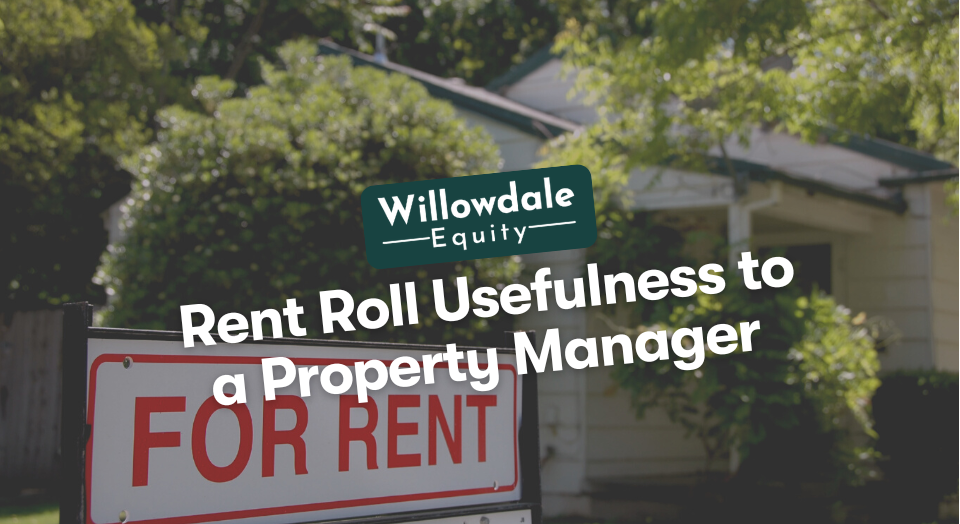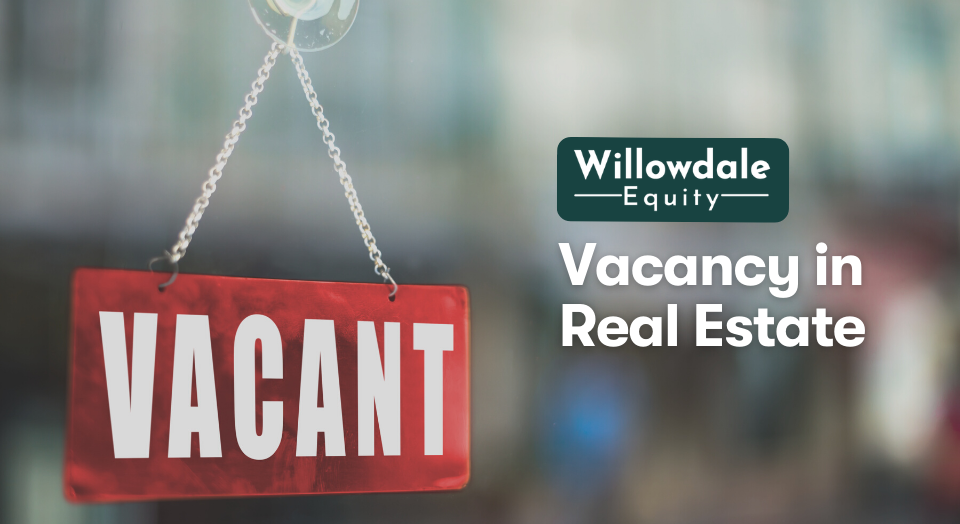
How is a Rent Roll Useful to a Property Manager in Multifamily?
This article is part of our guide on what a good cap rate is for multifamily, available here.
Managing multifamily real estate investments isn’t an easy task. However, some tools can simplify a property manager’s processes and functions.
One of those tools is a rent roll, a document that helps property managers make decisions, analyze financial and investment behavior, and detect growth opportunities.
However, there’s a lot more to rent rolls than just that. Keep reading to better understand this concept and why it matters to multifamily property managers.
Key Takeaways
-
Within a Rent Roll, all the tenants are included and broken down by unit, making it easy to find information such as tenants who aren’t up to date with rent payments or who frequently make late payments.
-
A rent roll provides real-time cash flow information and supports understanding how likely this gross income will remain, decrease or increase shortly.
-
For a buyer, it’s essential to look at a rent roll to analyze the gross rental income in place upon acquisition of a property and how much in total gross rents they’re currently collecting. That way, rental property investors can detect the behavior of this income in the short term and identify if there are growth opportunities.
-
An owner uses a rent roll report to analyze, track, and improve their leasing system.
What is a Rent Roll in Real Estate?
In short, a rent roll is a statement of the value of the investment rental property, including the lease terms, late fees, and rent due.
The rent roll is an essential document in terms of real estate investment. It reflects due diligence processes, and is usually provided by the current owner or property management company, who use it to analyze anticipated rental income, actual income collected, and possible rent increases based on the local sub-market.
Rent rolls are also considered the most critical and valuable document in formulating income property value. Buyers use it to understand annual and future cash flows, and sellers monitor it to know whether the property is operating according to their business plan.
Rent rolls are created for rental real estate assets such as homes, multifamily buildings, and office, commercial or mixed-use properties.
Rental rolls can be created at the property level and the portfolio level. They can be used for multifamily properties or a consolidated rent roll to manage a group of single-family properties. Authenticating the numbers in the rent roll is a strategy for decision-making when buying an income property and focuses on rental income.
A rent roll can be ideal for helping a landlord or property manager effectively manage cash flow and increase profitability. Let’s take a look at what a rent roll includes.
What's Included in a Rent Roll?
Within a Rent Roll, all the tenants are included and broken down by unit, making it easy to find information such as tenants who aren’t up to date with rent payments or who frequently make late payments. This information allows each property owner or manager to make the decisions that best benefit the strength of the investment.
The format of a rent roll varies according to each property owner or management company, but in general, they contain the following items:
- Unit Number: The number of the suite, house, room, or any property in which a tenant is located.
- Unit Size: Corresponds to the property size in square feet or square meters occupied by a tenant. This aspect is important since many rentals are charged according to the size of the property.
- Tenant Name: The name and surname of each tenant occupying a space on the property. If the space is empty when performing the rent roll, the name could be “vacant”.
- Market Rent: Refers to the amount charged for renting a property considering the value of rentals in the same area.
- Rent: Indicates the value charged with the collection date and payment method.
- Lease Start Day: Refers to the Date on which the contract begins.
- Lease-End Day: Corresponds to the end date of the contract.
- Move-in Date: Pertains to the Date a tenant moves into a property and begins to occupy a unit.
- Security Deposit: Multifamily property rental records generally contain a section indicating a security deposit amount withheld annually for the tenant.
- Past Due: Corresponds to an amount owed past the due date for the lease.
- Monthly Rent Total: Corresponds to all monthly rental charges in the lease.
If you’re still unsure how these work, check out the following example below. You’ll better understand how these elements work within a “real” rent roll.
An Example Rent Roll of a Multifamily Property
Above is an actual multifamily rent roll with the names of tenants and addresses for the property redacted.
How is a Rent Roll Useful to a Property Manager?
When a landlord invests in rental properties, they acquire the income generated by them. A rent roll provides real-time cash flow information and supports understanding how likely this gross income will remain, decrease or increase shortly.
Here are a few ways property managers use rent rolls:
- To see evidence of the total annual rental income. This is the sum of the annual rents of each property and indicates an annual income that allows calculating net operating income after operating expenses.
- To analyze the rental behavior of the “anchor” tenants, who have the largest area in square meters of a property. The real estate business depends largely on this anchor, so it’s essential to be aware of its movements.
- To track the expiration of lease contracts to avoid the risks of massive vacancies.
- To compare the number of rented properties with the number of vacant ones. A high number of vacancies increases the risks associated with the investment.
- To investigate lists of tenant names to analyze their financial situation and ability to pay against a lease. Tenants have the most significant impact on property risk.
- To compare the properties and how much each one generates in income. With that data, they can look for opportunities for rent increase given the market value.
Despite all these ways that rent rolls are helpful to property managers, that’s not the only group of people who can find value in these documents. Here’s how rent rolls are helpful to buyers of multifamily properties.
How is a Rent Roll Useful to a Buyer of a Multifamily Property?

For a buyer, it’s essential to look at a rent roll to analyze the gross rental income in place upon acquisition of a property and how much in total gross rents they’re currently collecting. That way, rental property investors can detect the behavior of this income in the short term and identify if there are growth opportunities.
Some of the most critical data that a rent roll provides buyers are:
- An analysis of the continuity of the cash flow, considering the expiration dates of the lease contracts.
- The length of stay of the tenants and their tendency to renew their leases. In real estate investments, there is a general rule of considering a tenant as “experienced” when they have been occupying a unit for a minimum of six months and paying monthly rent on time.
- The payment behavior of the tenants. The frequency and timeliness of payment can indicate whether a tenant should be evicted from the property or is going to leave.
- An analysis of possible increases in cash flow according to market opportunities. The best strategy to increase the value of a property is to do so at the time of contract renewal.
- An analysis of the number of physically vacant units there are, if any.
For a buyer, it’s very significant for real estate investors to access a rent roll report. This generates a lot of security when making decisions. Now, how useful is a rent roll for an owner? Let’s take a look.
How is a Rent Roll Useful to a Landlord?
An owner uses a rent roll report to analyze, track, and improve their leasing system.Some of the main uses of a rent roll for owners are to:
- Review the updated rental records and show if a tenant is late with the payment to proceed to generate a charge and send a notice to document it properly.
- Identify the leases soon to expire to market the property in advance, provided that the tenant is not interested in renewing the lease.
- Analyzing the “loss to lease” by comparing the value of the rent charged with the fair market rent to see if an increase is possible when the contract is renewed.
- Analyze the refundable security deposit available in case of any extraordinary damage caused by the tenant.
If you still have a few doubts about rent roll and what it is, check out our FAQ below. We’ll go over any last questions you have about this concept.
Frequently Asked Questions About the Multifamily Rent Roll
Rent rolls are lists or documents that provide valuable information to owners, managers, and prospective buyers of real estate investments. They help these individuals analyze rental income and behavior, as well as that of the tenants.
The main objective of a property manager is to analyze, review and compare the financial behavior of real estate investments in the market against the possibilities and opportunities for growth. Additionally, the function of a property manager is to manage each tenant and his movements within a property.
What is a Rent Roll in Real Estate - Conclusion
Rent rolls are documents of high value and utility for a team in charge of a real estate investment business. It’s a report that provides relevant information for property managers and real estate investors and helps these individuals decide whether to invest or not.
Rent rolls may be useful to property managers, but another solution can also help you make smart investment choices. Join the investor club to further grow your multifamily passive real estate investing knowledge and get access to exclusive investing opportunities.
Sources:
- American Apartment Owners Association, “What is a Rent Roll in Real estate“
Interested In Learning More About PASSIVE Real Estate Investing In Multifamily Properties?
Get Access to the FREE 5 Day PASSIVE Real Estate Investing Crash Course.
In this video crash course, you’ll learn everything you need to know from A to Z
about passive investing in multifamily real estate.
We’ll cover topics like earned income vs passive income, the tax advantages, why multifamily, inflation, how syndications work, and much much more!





